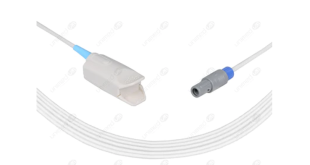Sewing and quilting are among the absolute safest hobbies to engage in. Normally you should not face any gigantic explosions. You should not expect to fall perilously through the skies or off a cliff. You should not anticipate ferocious animals charging at you from the bush. It is unlikely that you will suffer high voltage shock. Sewing is true, safe. However, certain precautions are recommended to ensure the full enjoyment of your hobby free of calamity.
Here are some common sources for problems:
– Sharp Objects
– Chemicals And Tactile Sensitivity – Allergens
– Electrical Shock
– Dirt and Lint
– Burn Potential
– Clutter
– Posture
– Exposure to Heat
Some Of the Details:
SHARP OBJECTS
Sharp objects often create dangers. The manner in which we use and handle sharp objects determines the degree of risk and potential severity of injuries. Engaging in the hobbies of sewing and quilting involves several sharp objects that require cautious use. These sharp objects 282 include needles, pins, shears, scissors, rotary cutters, embroidery scissors, seam rippers, and similar tools.
Needles:
The most dangerous needle is the one on the sewing machine that speeds up and down at six hundred and fifty penetrations per minute. The sewing machine needle is capable of driving straight through a fingernail, skin, and bone. Many a seamstress has felt the agony and seen the blood splatter from placing their finger too close to the needle.
To avoid this danger, learn to properly guide the fabric through the sewing machine.
Position your left hand to the left of the needle two to three inches away from the needle. Use your left hand to smooth the fabric as it advanced through the feed dogs.
Take hold of the fabric edge with your right hand and guide the fabric toward the needle from about two inches to five inches ahead of the needle.
Do not place either hand behind the needle. Allow the feed dogs to advance the fabric. Do not try to force the fabric through the machine.
Avoid breaking needles because they can potentially fly into the air and become dangerous projectiles.
Use good sewing technique, and very few needles will actually break.
Change needles frequently. 283
Avoid forcing the fabric through the machine.
 NEWSHUNTS
NEWSHUNTS




